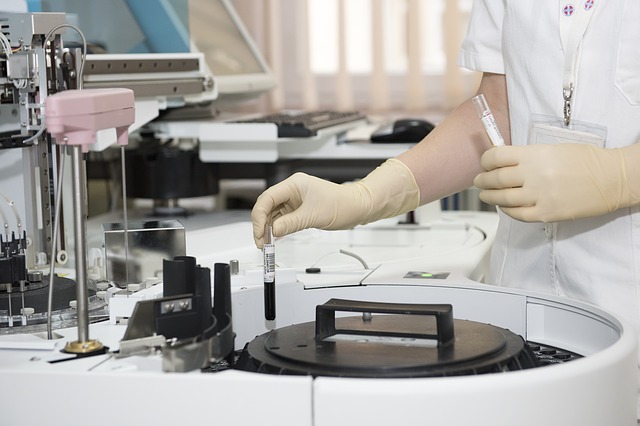
A group of researchers from the Edythe Broad Centre of Regenerative Medicine and Stem Cell Research, and the UCLA Eli, have made a stem cell breakthrough that may help treat a range of blood diseases.
They have been studying how hematopoietic stem cells (HSCs) function in the human body for a number of years. Their research has led to the creation of a new source of blood-forming stem cells which could replace the need for bone marrow transplants.
This stem cell breakthrough was led by Dr. Hanna Mikkola, Dr. Vincenzo Calvanese and Dr. Diana Dou. The findings have been published in the journal Nature Cell Biology.
Hematopoietic stem cells are found in bone marrow and have the ability to differentiate into any kind of blood cell. They are used to treat almost 80 different illnesses including cancer and immune system disorders.
The scientists identified some genes that play an important role in the creation and preservation of hematopoietic stem cells. They then discovered how those genes are activated.
This finding could let scientists create patient-specific stem cells in a laboratory which could reduce the risks associated with stem cell transplants.
As Dr. Mikkola explains “Our work focuses on finding a way to generate a supply of these life-saving hematopoietic stem cells in the lab so that they are a perfect match to the patient in need of a transplant. One big challenge is that when we try to create hematopoietic stem cells from pluripotent stem cells in the lab, they don’t acquire the same abilities of the real hematopoietic stem cells found in the body.”
The cluster of genes that plays an important role in how HSCs function is called HOXA. HOXA informs HSCs when to turn into blood cells and when to self-renew, creating more stem cells.
This stem cell breakthrough could improve how much control doctors have over stem cells and significantly reduce stem cell transplantation risks.
Source: Stem cell advance could be key step toward treating deadly blood diseases
{{cta(‘010124f3-c9bc-4a23-b9fc-74953e6288c9’)}}


